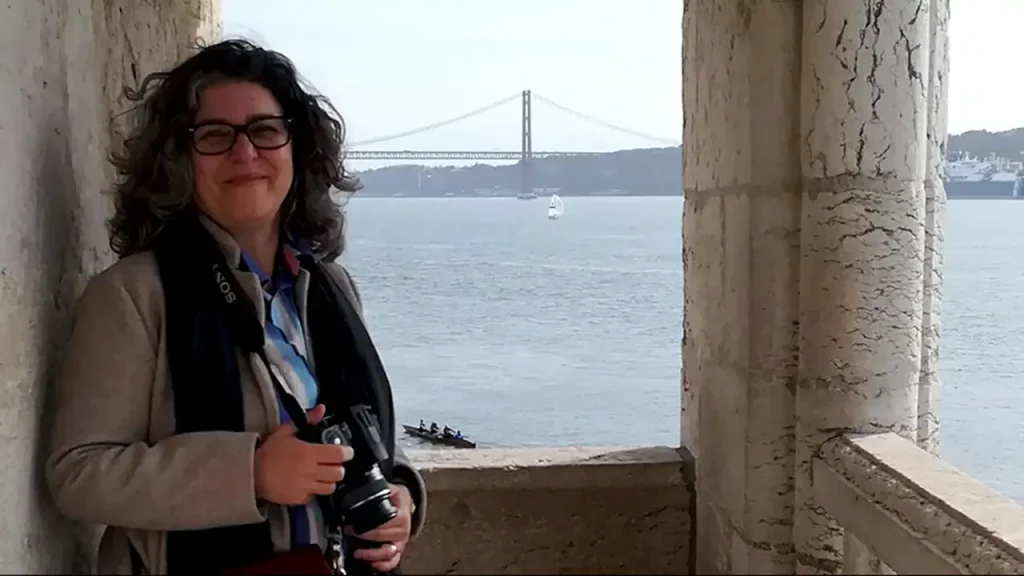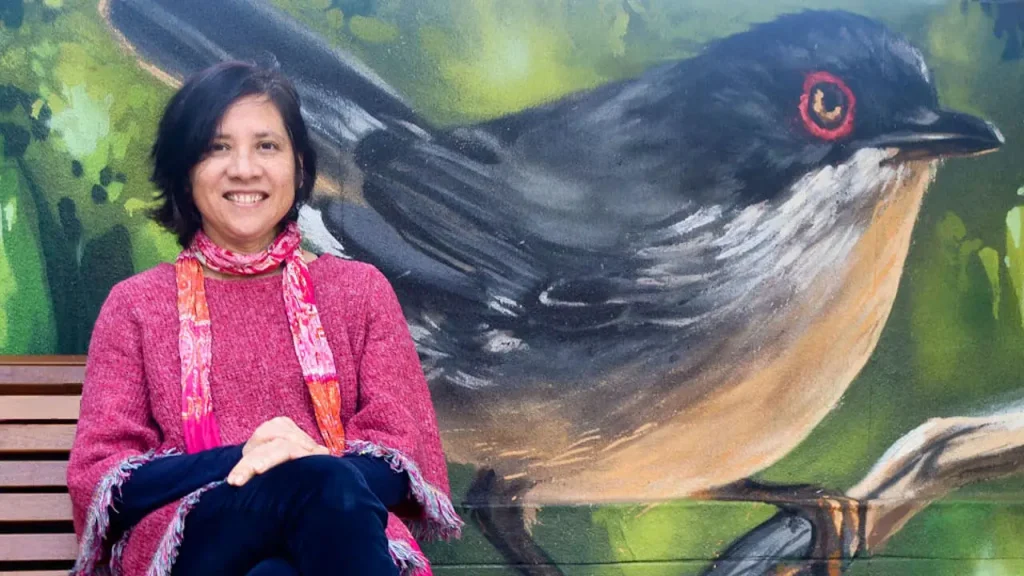Although today’s guest has only been living in Lisbon for 6 years, he’s already a profound connoisseur and deeply passionate about this city. In Lisbon in Us by Alexis Passechnikoff, he tells us his interesting story as a collector, which brought him to Lisbon regularly when he still lived in Porto.
My first contact with Lisbon was when I landed at the then Portela Airport, in July 1954, coming from Belgium in a four-engine propeller aircraft, together with my parents to move to the city of Porto, where my father was going to work as a chemical engineer. Since we only stayed for one night, I don’t remember anything relevant about Lisbon except for our dinner: baked flounder with banana, a rare dish in today’s restaurants.
Since my youth, I’ve always had a collector’s mentality, especially of collections that were not usual. One of my main ones was a Phillumeny collection (matchbox labels and matchboxes), in which I specialised in those of the former USSR and in which I had almost 75.000 different examples. As this collection was based mainly on exchanges with collectors from the country or even other countries, I began to travel from time to time to Lisbon, in order to visit and make exchanges and purchases with collectors from that city, with whom I became great friends.
In those visits to the capital, I loved strolling around the main streets of downtown, whose shop windows were appealing; I also loved crossing the Tagus river in the cacilheiro (boats that connect two banks) towards Cacilhas, eat sardines in the restaurants of Ginjal, see Lisbon from that bank especially at night and, some other times, when I returned earlier, I loved to see magnificent sunsets.
For many decades I was a spear fisherman and, in addition to fishing, I started collecting fishing sinkers, because of their different curious shapes, that the fly fishing fisherman would lose in the water rocks; this collection, which started in 1971, became my first collection of maritime ethnography that in turn, expanded my panorama to the ergology universe of the line fishing of codfish.

This research also gave the opportunity of visiting Lisbon as a base more often, in order to visit the fisherman villages of Sesimbra, Setúbal, Ericeira, Peniche, etc., where I would gather examples for my collection and where I’d hear stories of old codfish fishermen. Also due to this new collection, during the “Expo’98 – The Oceans, a Heritage or the Future”, I visited all the pavillions, in order to broaden my maritime knowledge.
In those visits to Lisbon, I frequently visited the Navy Museum, Popular Art Museum, National Museum of Ethnology, as well as the organisms connected to cod fishing and nautic equipment shops. This collection gave origin to several exhibitions in a few museums of the country, the first being the fiftieth anniversary commemoration of the Codfish Trade Regulatory Commission, in 1984, in the Commission’s building, currently Fundação Oriente Museum.

I have always lived under the motto that collecting is one of the ways to keep the past present and, above all, to transmit to future generations, the evolutionary sequence and order of certain objects.
Moving to Lisbon

In 2015 and for various reasons, I moved to Lisbon and, due to the lack of space, I had to auction most of the collections of maritime ethnography.
In that year and when I wandered through the old areas of Alfama, Mouraria, Madragoa, etc., I came across the façades of some houses, with stones representing beautiful boats of various types, some prior to the Earthquake.
Instantly, in my mind as a collector and researcher, the need to photograph these stones arose, trying to organise a virtual collection that has already borne fruit in the photographic preservation of stones that no longer exist, as some were destroyed without mercy!

At first, I based my photo collection in the book “Pedras que Falam do Mar” (directly translated to “stones that talk about the sea”) by the deceased colonel Nuno Valdez dos Santos, dated from 1985, in which there are photos and the exact location of almost one hundred examples of stones and tiles with boats; consequently, I went and visited all the referenced places in order to photograph them, which allowed me to get to know the capital city in ways that, had it not been for this research, I would’ve never known, not even in my dreams!
Following that and always with the maritime idea, I also started photographing the mermaids “entaladas” (means “stuck”, an expression used for sculptures who are generally on top of the entrance of buildings), who have a boat or a shell in their hand, all kinds of dolphins, fish and also the boat of Saint Vincent and respective pair of crows, in their multiple representations in various buildings, schools, fire stations, city councils, etc., demonstrating the love that the people of Lisbon have for the city’s symbol and patron. I also have a special appetite for the beautiful caravels inserted in the cobblestones of the Portuguese pavement, or cast on manhole covers or the weather vane caravels, etc.

These photo collections have already enabled me to make new friends who are also dedicated to these searches and with whom I’ve been in contact, thus being able to expand the level of research.
Finally, I’m happy to be living in Lisbon, in a civil parish that allows me to reach different areas of the capital, either on foot or by public transport, which always give my wife, another lover of Portugal, and I the options of being dazzled by old palaces, stunning façades in the avenues of Liberdade, República, Almirante Reis, etc. and, above all by the amplitude of Tagus River and of almost all alleys of Lisbon.

| Lisbon in Us by Alexis Passechnikoff | |
|---|---|
| Mini introduction | Alexis Passechnikoff, born in Belgium in 1945, son of Russian father and Belgian mother, married, retired bank worker and resident in Lisbon since 2015, in the civil parish of Campo de Ourique |
| An inspiring place | Lisbon’s view from the Panoramic Restaurant in Montes Claros, in Monsanto |
| An unmissable visit | Navy Museum, in Belém |
| His mouth waters with… | Fried small horse mackerel with Portuguese açorda (typical dish, made of bread porridge) |
| A song… | Porto de Mágoas by Dulce Pontes |
| Never miss another article | Subscribe here |
The project getLISBON has been very rewarding and we want to continue revealing the singularities of fascinating Lisbon.
Help us keep this project alive!
By using these links to make your reservations you’ll be supporting us. With no extra costs!
• Looking for a different experience? We can create a customised itinerary based on your interests. Contact us!
• Or if you prefer tours and other activities in various destinations, take a look at GetYourGuide.
• Save time and money with a flexible Lisbon Card!




